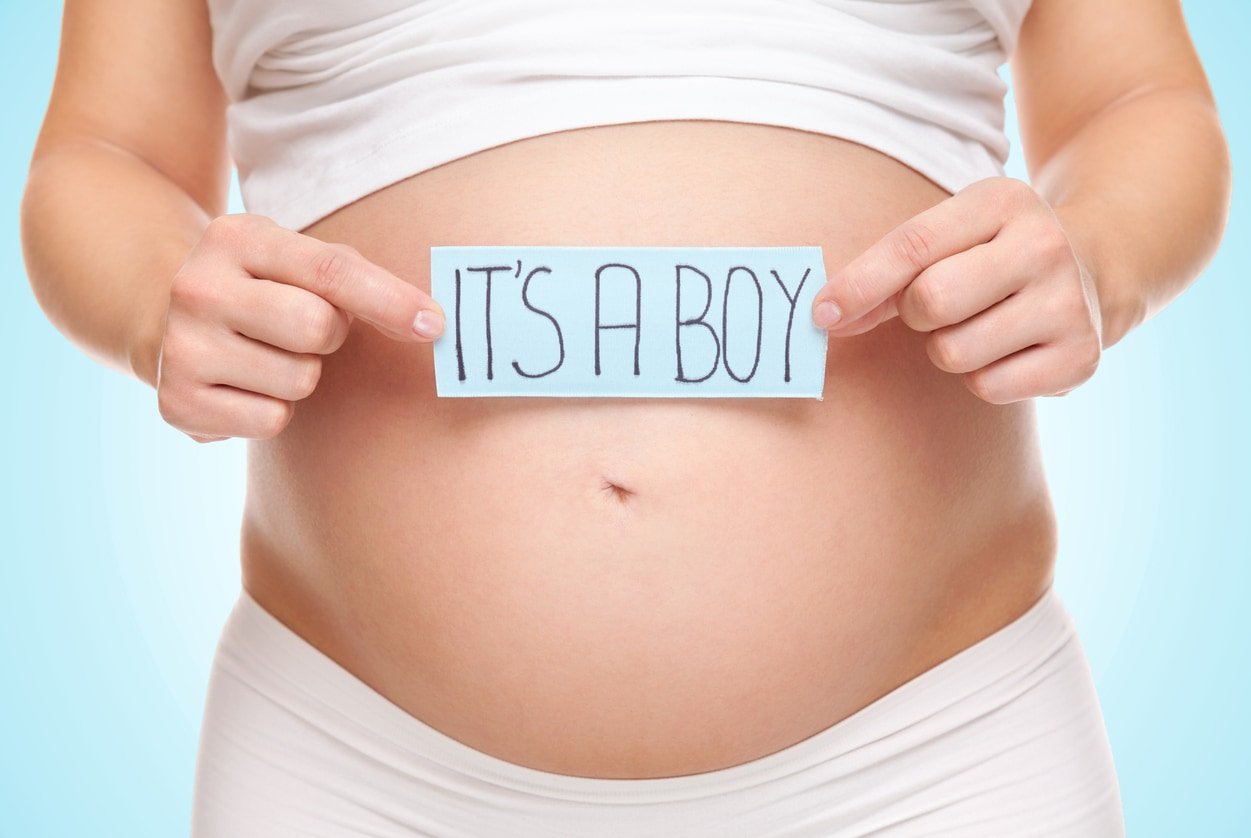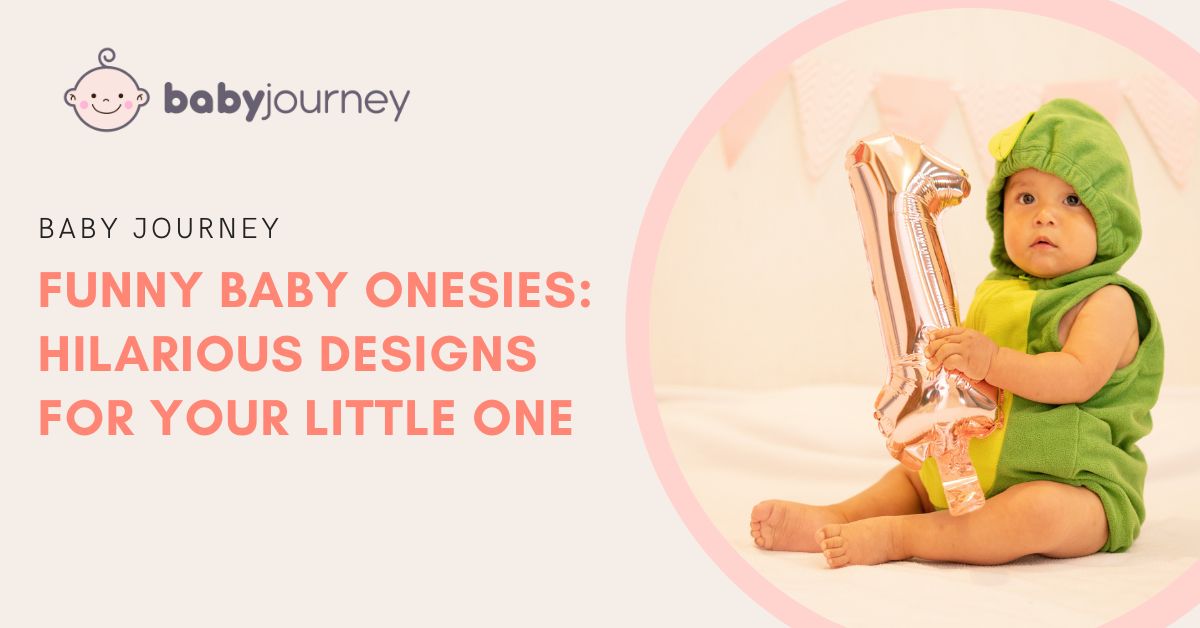Are you eagerly awaiting the arrival of your little bundle of joy? Figuring out if it’s time to think pink or buy blue for the nursery? While no crystal ball can tell you if you’re having a boy or a girl before medical testing, it can be a lot of fun to guess or predict your baby’s gender. If you’re curious about the gender of your baby, you may want to explore the signs you’re having a boy.
While these signs you’re having a boy — or a girl — are not definitive and can vary from person to person, they can add fun and speculation to your pregnancy journey as you anticipate your little love and break out the baby name books. From physical changes to old wives’ tales, we’ve got a list of possible signs you’re having a boy (maybe).
23 Signs You’re Having a Boy
Here are 23 signs you’re possibly having a boy.
1. No Morning Sickness
If you find yourself breezing through your pregnancy without making a bee-line for the bathroom every morning (afternoon and night), consider yourself lucky. But, beyond luck, some believe this could actually be a sign you’re having a boy. A study published in 2017 found that women carrying female fetuses exhibited a heightened inflammatory response when their immune system was challenged compared to women carrying male fetuses. Since inflammation and nausea are highly linked, it’s understandable why some moms swear by this claim.1
2. Craving Salty vs. Sweet
Reaching for chips and pickles instead of chocolate and ice cream? Cravings for salty and savory foods over sweet treats have been associated with signs you’re having a boy. However, it’s essential to remember that pregnancy cravings vary significantly from one woman (and one pregnancy) to the next. Without any empirical evidence to support this claim, medical professionals theorize that pregnancy cravings generally represent some nutrients a mother may lack.2
3. Chinese Gender Predictor
According to an ancient Chinese gender prediction chart, the mother’s age and the month of conception can provide insight into the baby’s gender. Many expectant parents have found it surprisingly accurate, with some swearing by it to indicate whether they should start picking out boy or girl names. But remember, it’s still a fun tradition rather than a scientifically proven method or sign that you’re having a boy.
4. Heart Rate Difference
While it’s a popular belief that a faster fetal heart rate indicates a girl, a slightly lower heart rate might suggest a boy. However, relying solely on the heart rate for gender prediction is inaccurate, as it can vary throughout the pregnancy. A study published in 2005 comparing 477 sonogram heart rates found no significant differences between male and female fetal heart rates.3
5. Carrying Low
Some moms claim the way their baby bump is positioned can indicate the baby’s gender. Carrying low, with most of your belly weight near your hips and pelvis, is often associated with carrying a boy because male babies tend to be bigger. Still, if you ask an OBGYN, chances are they’ll tell you the baby’s size shouldn’t affect how it lays within the uterus.4
6. Pregnancy Glow
If you’re experiencing that coveted pregnancy glow, it could be a sign you’re having a boy. According to an old wives’ tale, there is a saying that “girls steal your beauty,” which leaves some convinced the glow is reserved for boy moms. Regardless of whether it’s a baby girl or baby boy you’re having, hormonal changes during pregnancy can enhance blood flow and give your skin a radiant appearance.
7. Food Aversions
Do certain foods suddenly repel you during your pregnancy? Some believe a strong food aversion to certain types of food, such as seafood or spicy dishes, may indicate you’re having a boy.
8. Gestational Diabetes
Developing gestational diabetes, a condition characterized by high blood sugar levels during pregnancy, has been associated with signs you’re carrying a boy. A study published in the Journal of Clinical Endocrinology and Metabolism has found that women having a boy had a slightly increased risk of gestational diabetes. However, it’s crucial to note that gestational diabetes can occur in pregnancies regardless of the baby’s gender.5,6
9. Nipple Color
Changes in nipple color are common during pregnancy (just one of the many fun body changes), and some believe that darker nipples might indicate a baby boy is on the way. These changes are primarily due to hormonal fluctuations and increased blood flow to the breast area.7
10. Not So Moody
If you find yourself relatively even-tempered and less prone to emotional ups and downs during pregnancy, it could be a sign you’re having a boy. While hormonal changes affect everyone differently, some believe the estrogen produced by a female fetus can affect a mother’s temperament, and carrying a male fetus can lead to a more stable mood. Ultimately, mood swings are common regardless, and physical stresses, exhaustion, hormones, and other factors, all unrelated to the fetus’ sex, contribute to changes in mood.8
11. Position of the Linea Nigra
One common folk tale and sign you’re having a boy is that the linea nigra, a dark line often appearing vertically on the pregnant belly, can explain the baby’s gender. According to folklore, if the line runs only up to your belly button, you may be having a boy. Some moms never experience the linea nigra at all, and the line typically fades after pregnancy when your hormone levels return to regular levels.9
12. Big Appetite
Feeling famished all the time? If you notice an insatiable hunger and increased appetite during your pregnancy, it could be a sign that you’re having a boy. But remember, appetite changes vary among individuals, and a big appetite can also be associated with a girl. After all, you’re growing a human, it’s hard work, and your body needs extra nourishment to get the job done.
13. Baby Position
While the baby’s position in the womb can change throughout pregnancy, a persistent left occiput anterior position (the most common in labor) can indicate a boy. In this position, the baby’s head is slightly off-center in the pelvis, with the back of the head toward the mother’s left thigh. One study found a significant link between baby boys and that position in the womb.10
14. Strong Memory
Some expectant mothers claim their memory becomes sharper when carrying a boy during pregnancy. While scientific evidence is lacking, anecdotal experiences suggest an enhanced memory could be a possible sign.
15. Cold Feet
Are you constantly sporting fuzzy socks or cozy slippers to keep the chill away from your feet throughout pregnancy? According to folklore, having icy feet may be a sign that you’re having a boy. Science tells us cold feet can also result from hormonal changes and increased blood circulation.
16. Bright Pee
Paying attention to the color of your urine may sound unusual, but some believe that bright yellow urine is associated with carrying a boy. However, the color of urine can vary due to hydration levels and other factors, so it’s not a reliable indicator on its own, and it’s also a good reminder to stay hydrated.11
17. Hair Growth
Have you noticed your hair growing faster and appearing thicker during pregnancy? Some associate rapid hair growth with carrying a boy, as elevated levels of testosterone can influence hair follicle activity.12
18. Less Fatigue
Feeling more energized than usual during pregnancy? While feeling tired is a common symptom when you’re expecting, some believe experiencing less fatigue or feeling more energetic may be a sign you’re having a boy. Researchers supported this claim in a 2017 study.1
19. Dreaming of Boys
If your dreams are filled with images of little boys, it could reflect your subconscious mind’s anticipation of your baby’s gender. Dreaming of boys during pregnancy is a popular folk tale associated with carrying a male fetus.
20. Wedding Ring Test
An age-old sign you’re having a boy involves dangling your wedding ring over your belly on a string. You might expect a boy if it swings in a circular motion. Keep in mind that this test is purely for entertainment purposes.
21. Skull Theory
Another fun yet unscientific sign you’re having a boy involves observing the appearance and shape of your baby’s jawline through some ultrasound detective work. According to the square lower jaw test, if your baby’s jawline appears more pronounced and squarer, it could indicate carrying a baby boy.
22. Ultrasound
When determining the baby’s gender accurately, you can rely on science to deliver. While many other theories lack reliable medical evidence, a classic ultrasound is reliable. Usually performed between weeks 18 and 20 of pregnancy, an ultrasound can provide a clear visual of the baby’s genitals, confirming whether you’re expecting a boy or a girl.13
23. NIPT Testing
Non-Invasive Prenatal Testing (NIPT) is a blood test that screens for chromosomal abnormalities and can determine the baby’s gender with high accuracy. This advanced genetic test analyzes fetal DNA in the mother’s blood and can provide reliable information about the baby’s sex.
Remember, while these signs and folk tales may add excitement and curiosity to your pregnancy journey, the only way to know your baby’s gender with certainty is through a medical test or ultrasound examination. Whether expecting a baby boy or a baby girl, have fun trying some of these methods or envisioning your life with your little love. Enjoy the anticipation and treasure the joy of growing your family.

 PARENTING TIPS
PARENTING TIPS







 PREGNANCY
PREGNANCY








 BABY CARE
BABY CARE








 TODDLERS
TODDLERS








 TEENS
TEENS








 HEALTH CARE
HEALTH CARE







 ACTIVITIES & CRAFTS
ACTIVITIES & CRAFTS








 CONTACT
CONTACT ABOUT
ABOUT













